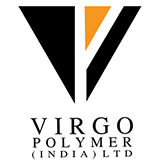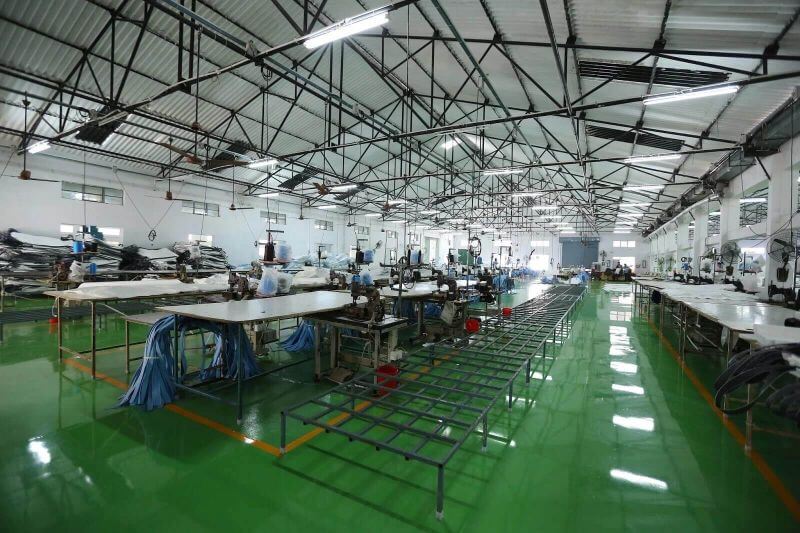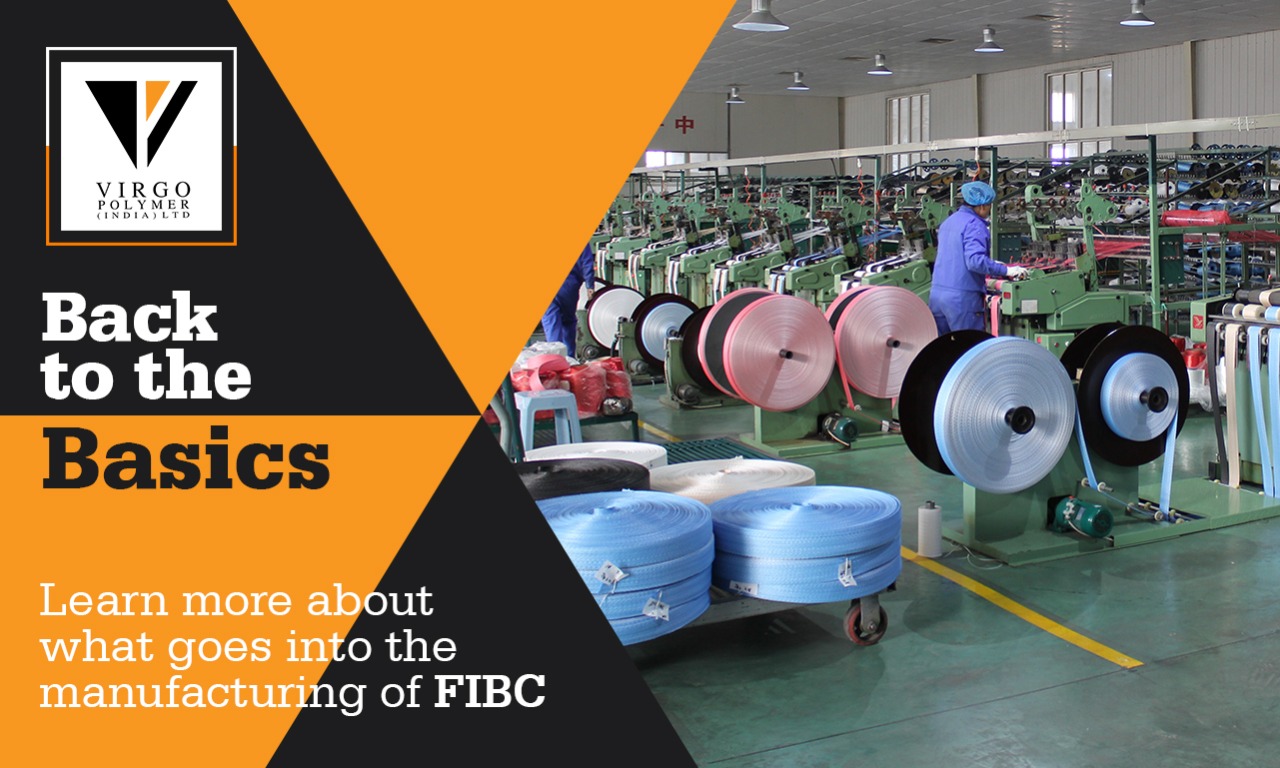



The FIBC bags have brought a revolution in the packaging industry by providing the perfect packaging solution for every kind of product. Whether you need to pack and transport perishable or non-perishable products, solid goods, fertilizers, liquid, chemicals or hydrochemical products, there is a specific bulk bag that flawlessly executes its job of packaging and shipping the product.
This definitely gives you a hint that each category of FIBC bag is manufactured following some regimented processes. Here is a snapshot of the primary steps that go into the manufacturing of FIBC bags.
Selection of basic materialThe first stage in the process starts with the selection of the appropriate material. The manufacturers of FIBC bags have to ensure that they find out the right source from where good quality polypropylene can be obtained.
Further, the manufacturers of food grade FIBC bags have to be even more careful at this stage. They have to be sure that they have sourced virgin polypropylene which is 100% pure and does not contain any other components.
Extrusion of raw materialWhen the raw material is extruded, it is given the desired shape so that it forms tapes of specific widths and deniers. This is a very crucial stage in the process where the tensile strength of the yarn is repeatedly checked so that the final product becomes resilient.
Weaving the yarnNow the yarn that is prepared is woven. For this, the yarns are placed on the weaving loom and woven in the criss-cross pattern in the same way in which fabrics for dress materials are woven. The weaving is considered complete when a length of fabricof desired width and length has been obtained. However, the fabric that has been woven contains tiny holes in between the warp and the weft of the polypropylene yarns. Thus, the fabric remains vulnerable to dampness at this stage.
Moisture proofing of yarnAs the bulk bags are supposed to keep the products inside them immune against moisture and dampness, moisture proofing is done now. For this, container liners are prepared by coating the inner parts of the bulk bags with a specialized component that seals the holes inside the weaving.
Making patternsAt this stage, the fabric that has been prepared is cut according to the pattern of the final FIBC bag. Since the dimensions of the cuttings are supposed to represent the shape of the actual bag so special attention is given during the cutting of the fabric. Even though some plants execute manual cutting of the fabric, a large number of FIBC manufacturing plants use mechanized processes for cutting the fabric in order to attain greater precision.
Printing of fabricNow the fabric pieces are sent for printing where the logos of the FIBC manufacturing companies and other details are printed.
Webbing and sewingAfter printing is done, the handles of the FIBC bags are made by webbing. For this, PP foam tapes are fused onto the weft of the fabric and stitched together.
This is followed by stitching of the different components of the cut fabric to produce the desired shape and perform the expected function.
Inspection and load testingThe previous step is followed by a thorough inspection to ensure that there is no defect n the manufactured bags. After the inspection, load testing is done to test the strength of the fabric.
